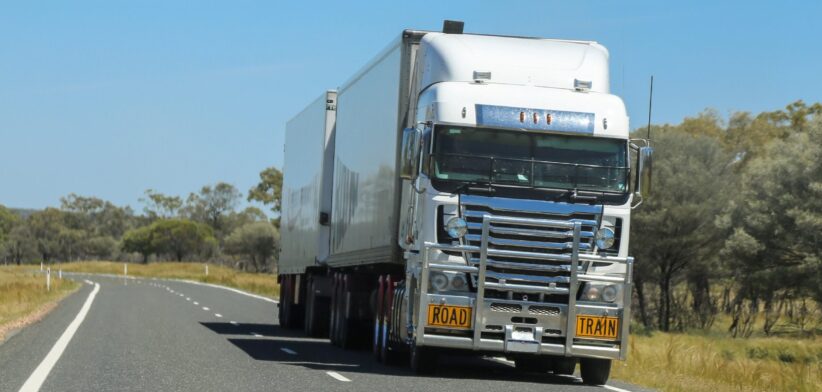A road safety program for Queensland high school students will be enhanced to focus on rural and regional drivers.
Built off the award-winning BRAKE Driver Awareness Program, which has been delivered to 80,000 high school students, the new BRAKE Rural and Remote – an Educational Guide to Road Safety will roll out from the start of term one, next year.
BRAKE Driver Awareness CEO Rob Duncan said nearly 60 percent of Australia’s road fatalities occurred on regional and remote roads and those aged between 16 and 25 were the most vulnerable.
Mr Duncan said the new program placed an emphasis on educating drivers about truck and rail safety in regional areas.
“A large proportion of crashes in regional and remote Queensland involve people who are inexperienced in driving on rural roads,” he said.
“This program will equip students, whether they are from urban or regional areas, with the knowledge and skills to navigate these challenging conditions safely.”
The new program was developed with the help of QUT Senior Lecturer in Health and Physical Education Dr Hugh Shannon, who provided curriculum advice based on his professional fields which include health and road safety education.
Dr Shannon said the online program, designed for Year 10 and 11 students, allowed teachers to integrate road safety lessons into regular classroom settings, with topics including how to share the road with trucks and other potential hazards or risks for inexperienced drivers.
“Queensland schools are an important setting where transport safety education can be provided, however understanding driving conditions and unique characteristics of regional and remote areas should not be constrained to schools in these locations,” he said.
“Students from urban and metropolitan areas should also gain awareness of ways to promote the safety of themselves and others whilst driving in regional and remote areas.”








